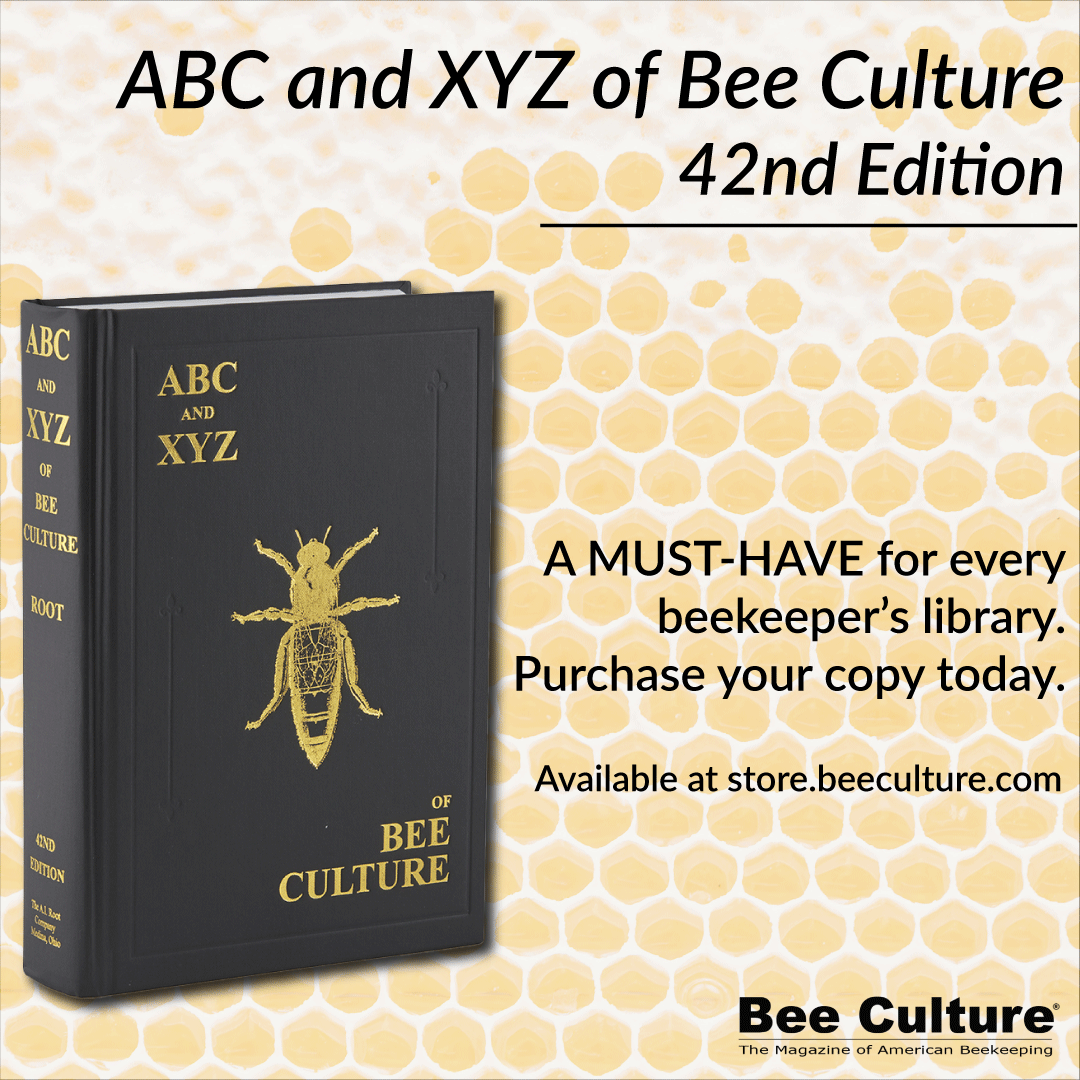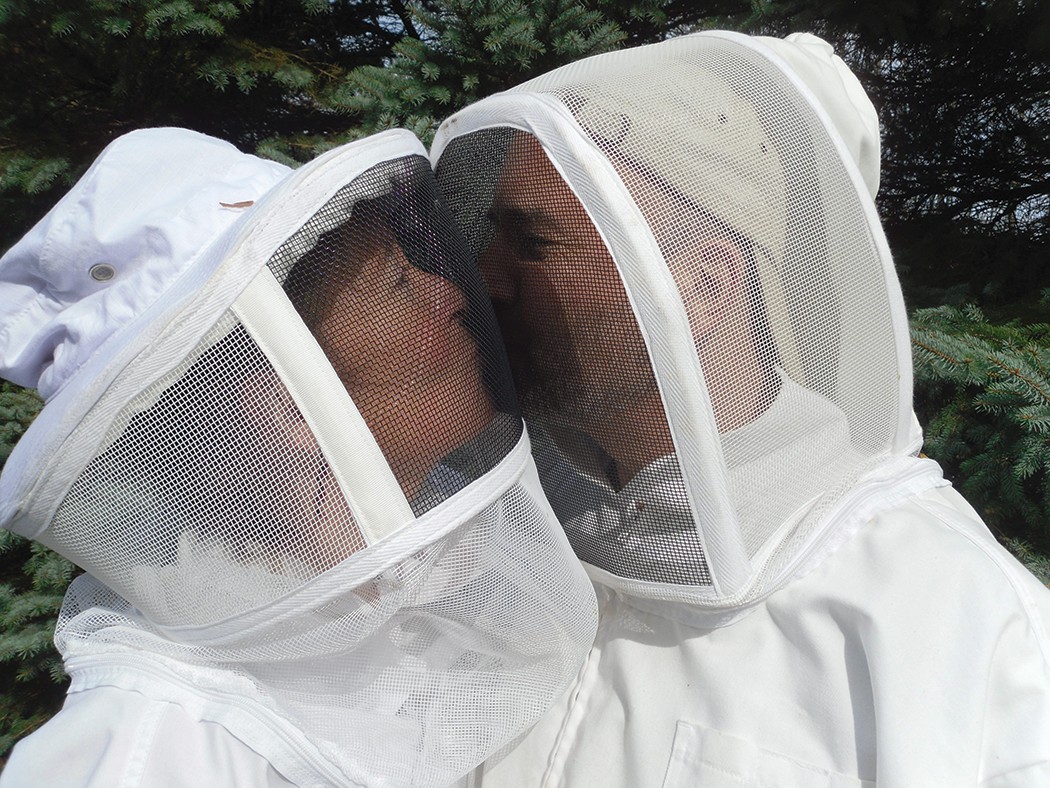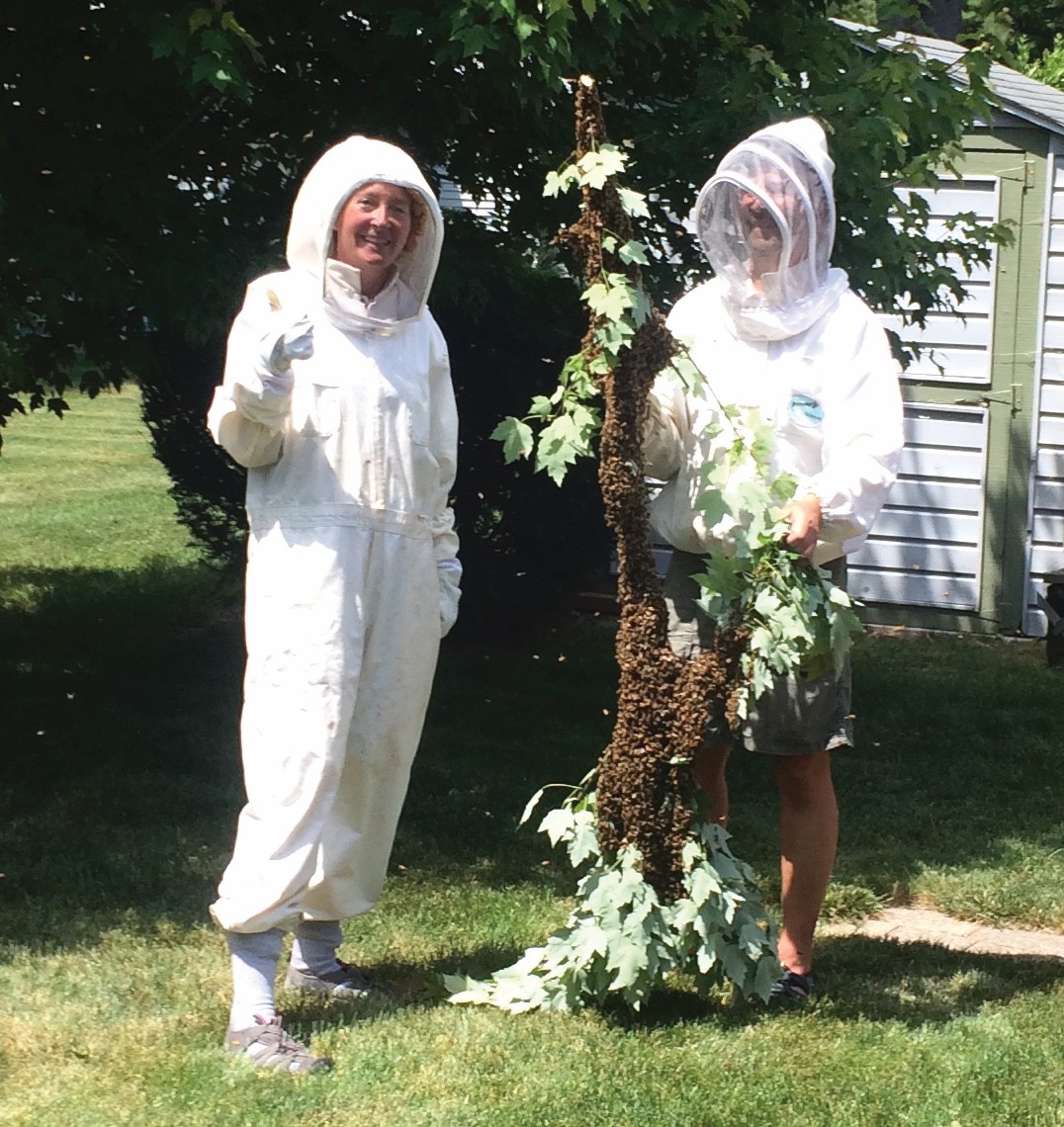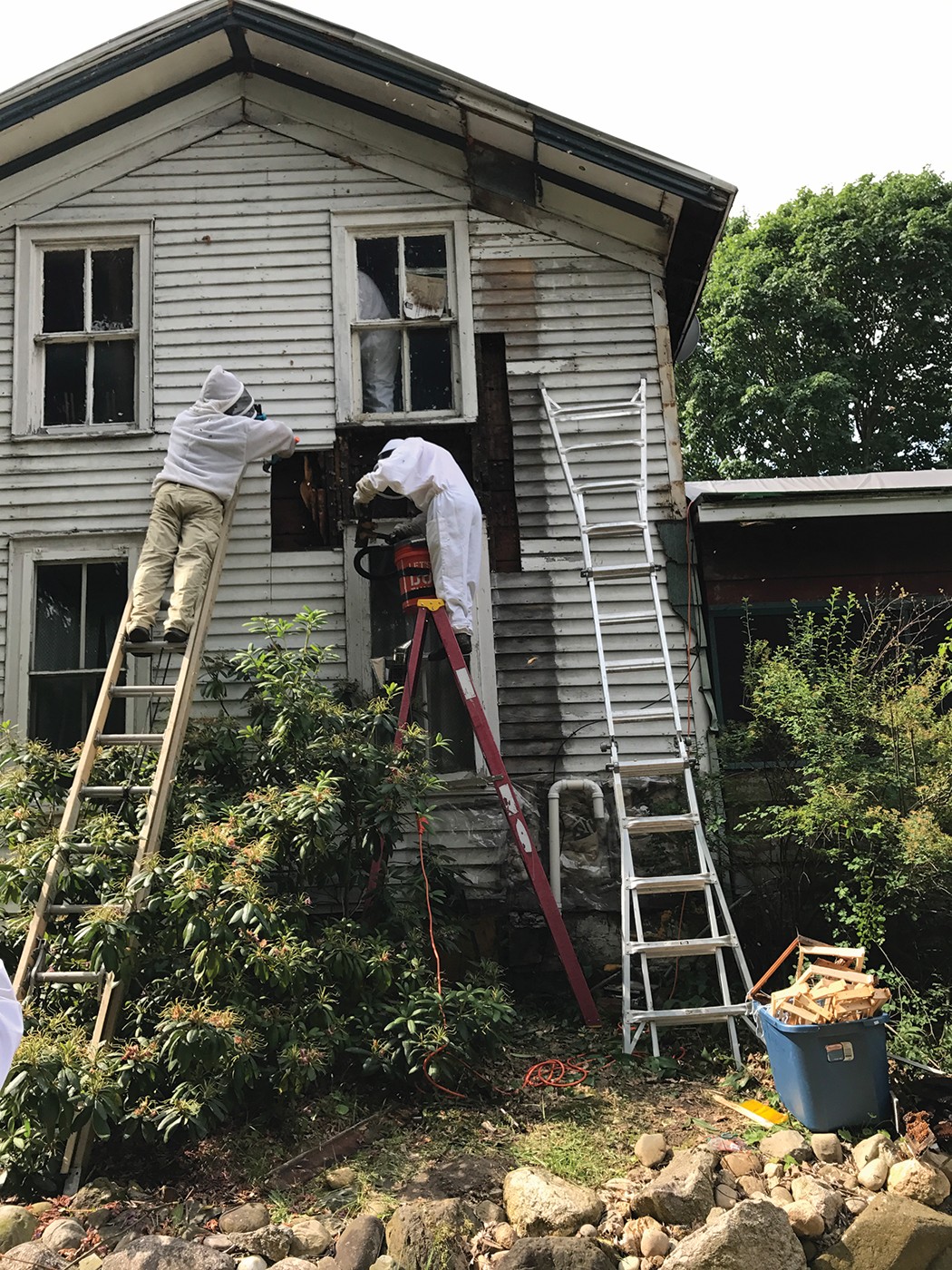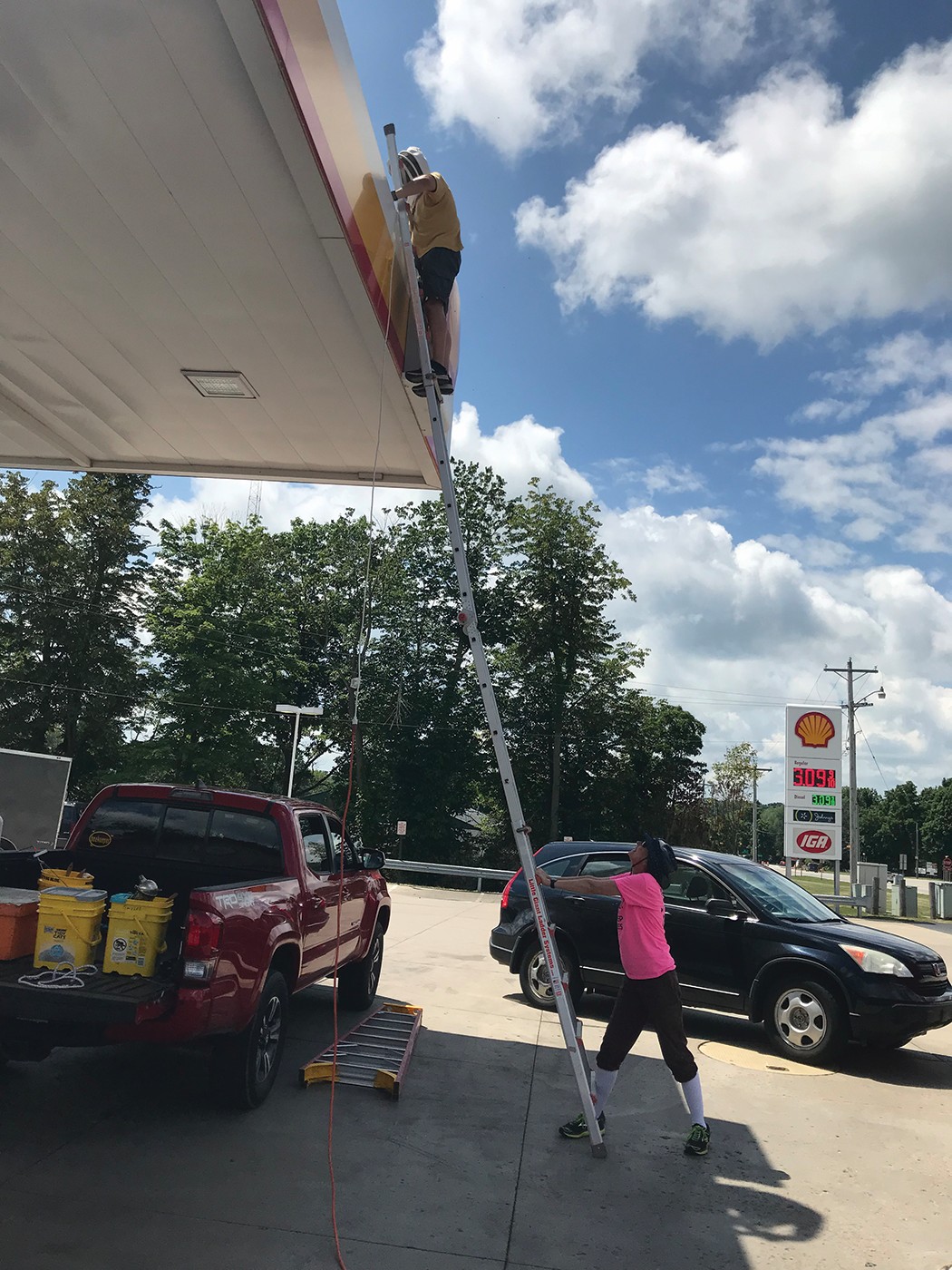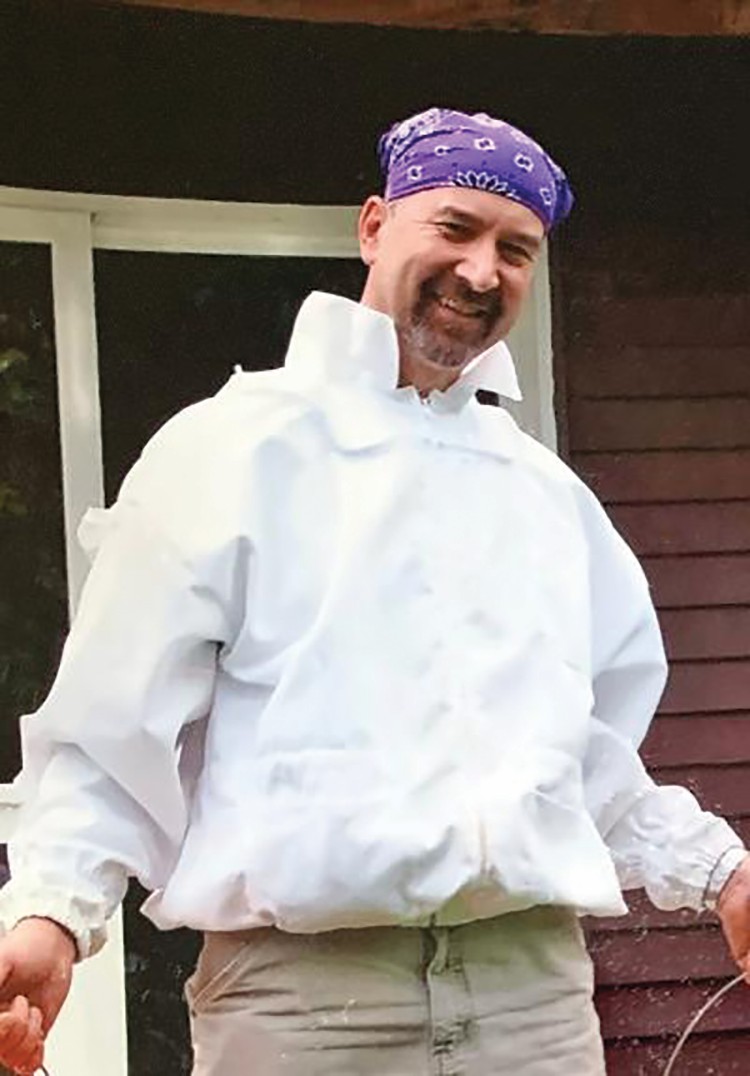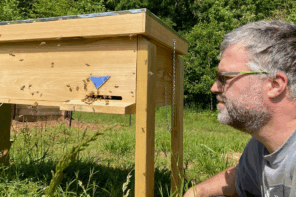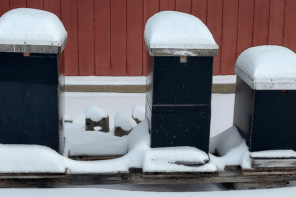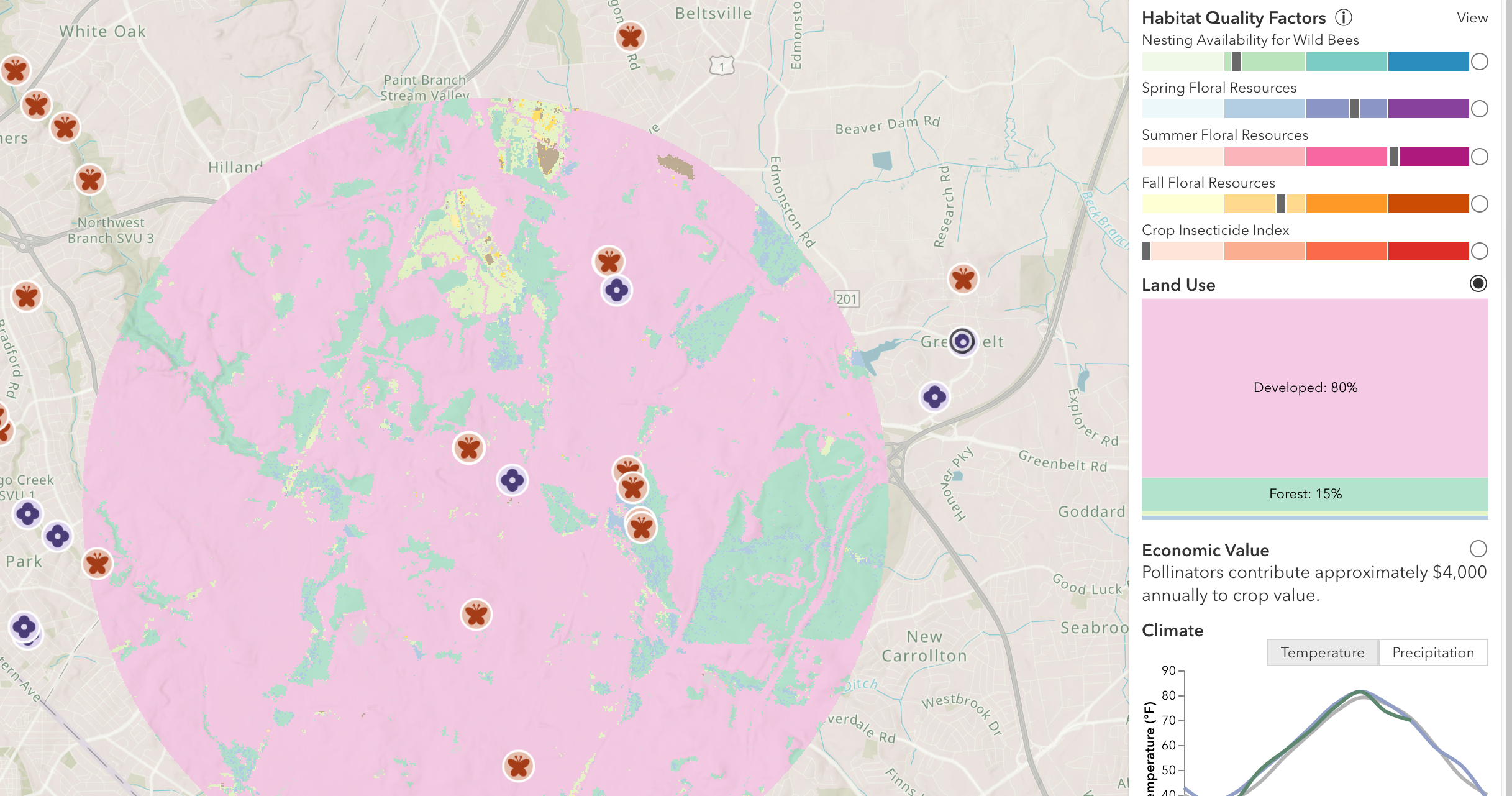Settling In
Charlotte Hubbard
My friend Rob is a private pilot. He flies for fun on the occasional weekend, and flies (pre-pandemic) internationally on business several times monthly, reluctantly buckled in far from the in-charge nose position. Straight from a 1970s movie, Rob harbors the secret fantasy of all the pilots suddenly becoming ill, and he must step forward to land the plane. He’s ready to save the day.
Rob travels with his beekeeping veil because whenever possible, he visits with local beekeepers. He also travels with his veil because of his secret beekeeping fantasy of hearing an airport public service request that “the jetway/plane door/fuel truck can’t be operated because there’s a swarm of bees on it. Is there a beekeeper available?” Rob’s again ready to save the day.
Rob’s beekeeper desire reminds me of another fantasy, perhaps more common among this group of beekeepers. How many of us hope to find a swarm voluntarily settled in our unused equipment?
I’ve never been lucky enough to have a self-installing swarm, although I’ve certainly tried. Each bee season, I have stored spare equipment in the apiaries – hoping to entice the little darlings by placing a vacancy sign on the outside, a few drops of swarm lure on the inside, and the wifi password prominently posted along with a map to nearby forage. I’ve read the research and set out swarm traps of the right size and height in a dozen places; no luck. My bee-loved husband Marshall would gently tease me about checking the traps every day (pointless exercise) but this gave me the right to gently tease him about his endless biking should a professional cycling team call and need him to take a spot on a Tour de France (his fantasy).
While never experiencing a self-installing swarm, I have captured dozens of swarms. There was the memorable swarm removed from the entryway of a junior high school – 12 hours before school started, as torrential rains fell. And there was the day I caught six swarms. OK, really it was the same swarm five times before they stayed in the box, but I’m still counting it as six captures in one day.
Marshall and I entered winter of 2020 with 40 colonies – too many for two hobbyist folks to handle, especially as one of us was secretly training for the Tour de France.
And at the end of March 2021, which I feel is the earliest date when you really can claim overwintering survival, we still had 40 colonies very much alive – except there wasn’t a “we”. Marshall died unexpectedly late March. As I grieve his loss with perhaps too much dark humor, the irony of 100% survival – except for the beekeeper so vital to that success – doesn’t escape me.
I’ve sold off the majority of the bees, unsure of my future now with bees – or anything for that matter. The spare equipment sits stacked by the garage as I clean out Marshall’s woodworking projects that will never see completion. Puttering about recently, I picked up a deep body and several bees flew out. I didn’t think much of it and stacked the box and its lid too precariously atop other equipment. I puttered (and cried) some more, swept, rearranged stuff, stubbed my toe, and a few hours later relocated the deep box to a new position. More bees flew out.
You don’t have to tell this experienced beekeeper twice that lots of bees unexpectedly in a box might mean a swarm. Nope, apparently you need to tell me at least three times. A few days later I picked up just the lid – only to find several hundred bees peering at me from between a couple of should’ve-tossed frames. Still in dis-bee-lief that I could actually gain a self-installing swarm, especially when trying to reduce the number of colonies under my management, I pulled out a frame. A long, golden queen waved a wing at me as she continued laying eggs, one per cell. Plump larvae sparkled in the sunlight, I think. Sometimes tears get in my way.
I gave her majesty a couple frames of resources and a feeder. I promised her she gets to sit undisturbed for a while outside the garage. (I also promised her a mite check in a few weeks.)
I don’t know what my future holds and am unsure what I should be doing about practically everything. But—a self-installing swarm? I’m taking this as a sign that, at least for now, I am meant to bee.
Charlotte Hubbard has been keeping bees since 2009 upon the death of her first husband Tom. She’s currently president of the Kalamazoo Bee Club, Michigan’s 2018 Beekeeper of the Year, an active instructor and presenter, wandering about opening lids on unused equipment hoping for more signs, and missing Marshall dreadfully.







